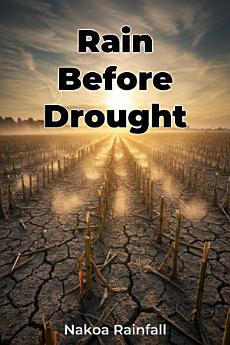Rain Before Drought
Über dieses E-Book
The book investigates these collapses through case studies, beginning with paleoclimatology and environmental history. It analyzes examples such as the Mayan civilization, the Anasazi, and the Dust Bowl era, illustrating specific climate changes, affected social systems, and contributing factors to decline.
The book emphasizes that these collapses result from complex interactions between environmental stress, existing social vulnerabilities, and inadequate adaptation. Understanding these historical precedents is vital for developing resilient agricultural systems and managing water resources effectively in the face of contemporary climate change.
Finally, the book examines the implications of these historical examples for contemporary climate adaptation. It advocates for strategies to mitigate social and political risks associated with climate-related displacement and conflict. By presenting a comparative analysis of multiple historical collapses, Rain Before Drought identifies common patterns and critical differences in how societies have responded to climate change, offering a framework for understanding the past and planning for a future increasingly shaped by climate change.








